The Department of Environment, Land, Water and Planning (DELWP), together with the Bass Coast Council, Parks Victoria, Regional Roads Victoria and the West Gippsland Catchment Management Authority, have formed a working group to address erosion at Inverloch and developed a short-term erosion control plan for key areas along the Inverloch Surf Beach. A trial wet-sand fencing was installed in March 2019 in two areas along the foreshore where there has been significant coastal erosion. Further storm events affected the initial fence structure and it was redesigned and the front fences replaced in September 2019. Further significant erosion in September with the potential to impact on public assets including the Inverloch Surf Life Saving Club (SLSC) required an urgent response, and sand was relocated from the eastern end of the beach. This sand was put in place with heavy earthmoving contractors, knowing the sand placement was sacrificial but an important buffer while other works were organised. Harder engineering options are now underway including the construction of a wall made from large sand filled geotextile containers (bags). For more detail visit Bass Coast Shire Council and DELWP.
The current project is designed primarily to provide immediate protection to the SLSC building area. Following the end of winter 2020, the performance of the wet-sand fencing and the geotextile containers will be evaluated.
About Geofabrics
Geofabrics (ELCOROCK) for coastal solutions are designed to reduce the effects of coastal erosion whilst maintaining safety and amenity for residents and the community. The product benefits are that they are resistant to abrasion (reduces the potential for injury on popular coastal beaches) and to UV, environmentally friendly and retain more soil and sand particles than other products. The product arrives on site in flat packs. You may have seen these being stored along the Inverloch Surf Beach access track.
Barrier Construction
As the image below shows, these heavy duty containers have been filled with local sand. A continuous stockpile of sand is required. Large excavators and other trucks have been on site working around the local climate conditions including tides, waves, rain and wind. Tidal variations have influenced the availability of fill material and ability to work in the exposed conditions. A hopper system is utilised to fill the containers and then they are manoeuvred into place.









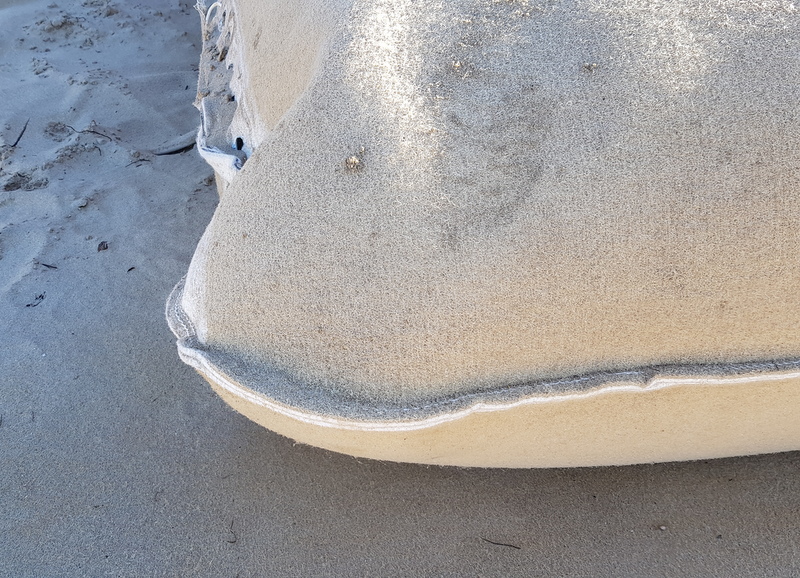

What role can WSBN contribute?
Vegetation helps to dissipate wave energy, stabilize shorelines, and provide fish and wildlife habitat. Plant roots stabilize soils and take up nutrients to improve water quality. Plants may be used alone or in conjunction with other materials for additional stabilization.
There is increasing scientific evidence from both Australia and overseas that the most effective dune systems in both promoting habitat and providing storm protection are those in which appropriate plant species are used in each vegetation zone to promote a stable dune system.
Supplementary planting, where appropriate, especially on the rear dune of the Coast Banksia Woodland vegetation community at Flat Rocks.There is emerging evidence, both within Australia and internationally, of the importance of having a stable rear dune system in coastal areas subject to erosion.
Extracts from: Ecological Values of Inverloch and Point Smythe Coastal Dune System – A report prepared for the South Gippsland Conservation Society (SGCS) by Oates Environmental Consulting Pty Ltd 2019
The Inverloch Coastal Resilience Project-Ecological Values of the Inverloch and Point Smythe Coastal Dune System Report recommends that native grasses such as Hairy Spinifex and other appropriate indigenous coastal herbs and shrubs are planted. When planted on the newly formed toe of the dune (aided by sand renourishment) can assist with binding sand particles to slow down erosion rates. Planting is also recommended for the primary dune slope and crest as the plant’s rhizomes (a plant that sends out roots and shoots) are likely to cascade down the dune and again assist with soil stabilization.










The SGCS Report recommends that for future revegetation projects of the dune system, a site specific list relevant to Ecological Vegetation Class (EVC) of the dune system will need to be complied. What we do know that it is likely that WSBN will be propagating some of these plant species. For example; Coast Banksia for the rear of the dunes and for stabilisation at the top and front of sand dunes the preferred use of Hairy Spinifex (Spinifex sericeus). Marram Grass (*Ammophila arenaria) may be used where severe and threatening erosion occurs.
* Introduced weed
The SGCS Report recommends that both primary stabilisers should be seeded initially with secondary stabilisers particularly Coast Wattle (Acacia longifolia ssp. sophorae).
If you are interested in ordering Coast Wattle (Acacia longifolia ssp. sophorae) for your place please visit our ‘Orders‘ web page for an Order Form.
It is important to note that some of the species mentioned here are NOT all included in our Plant List for public sale (e.g. Hairy Spinifex).
What are we doing to prepare for future involvement with coastal resilience projects…
As the images above show, members have been out-and-about over summer, collecting Hairy Spinifex for propagation at the Nursery. Early trials are having some success, but this plant species is proving to be a little challenging!
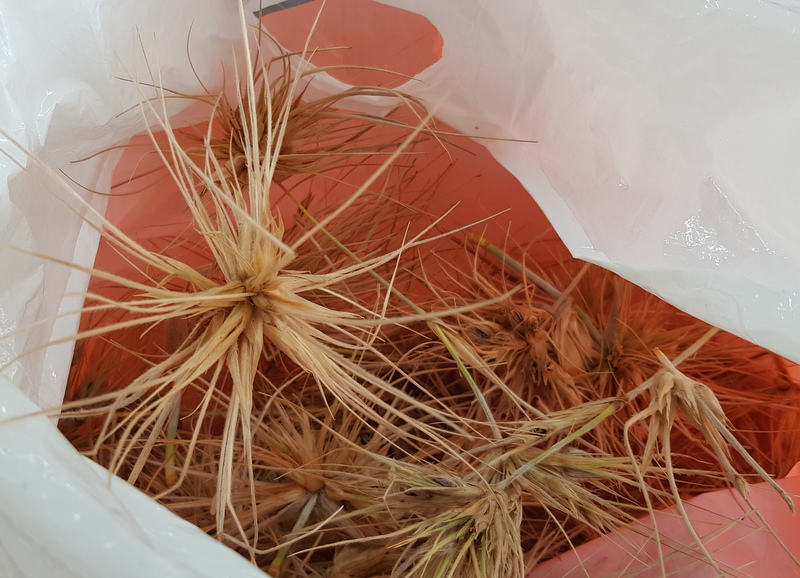



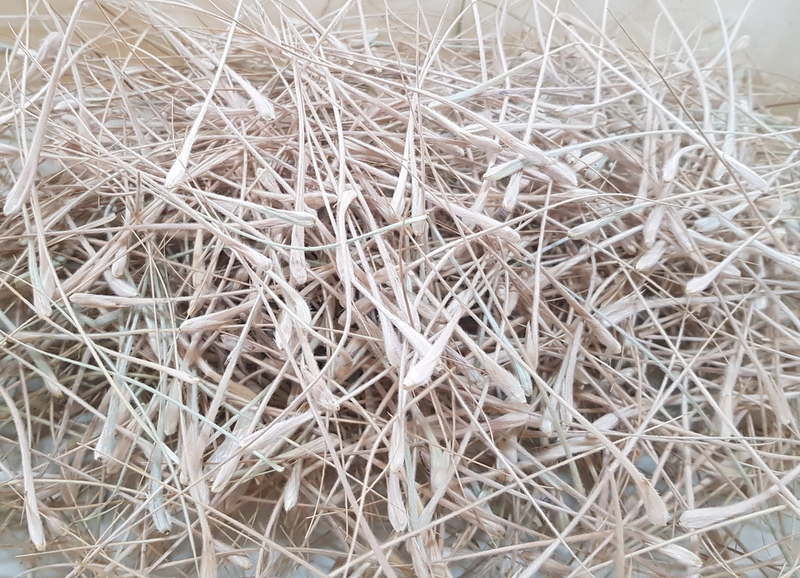




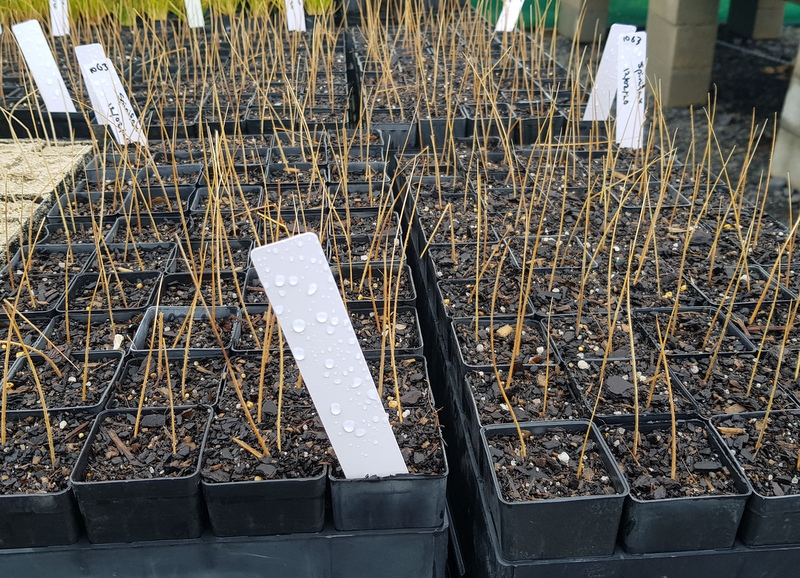













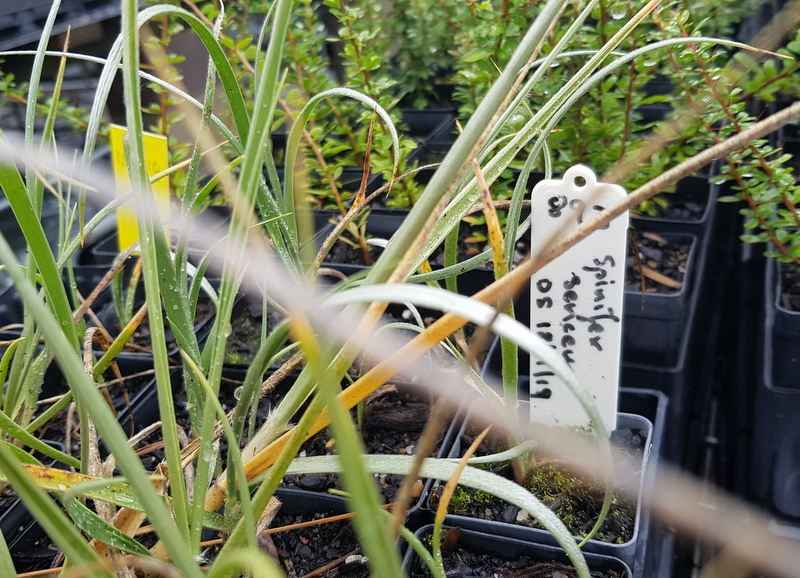

About the Hairy Spinifex
Did you know that only the female Hairy Spinifex ‘tumbles’? The left image below is the female (a bit rounder) and the middle image is the male. The right image shows the seed from the female plant for propagation!
The Inverloch coastline erosion – Inverloch Surf Life Saving Club
WSBN are working to conserve, create and restore landscapes within the Bass Coast Shire and surrounds with indigenous seed collection and propagation. The images below reinforce why our activities are vital. Thank you WSBN Volunteers, as indigenous planting is important for the protection of the coastline from erosion, as habitat for fauna and wildlife and helps to retain the look and feel of the Bass Shire coastline.
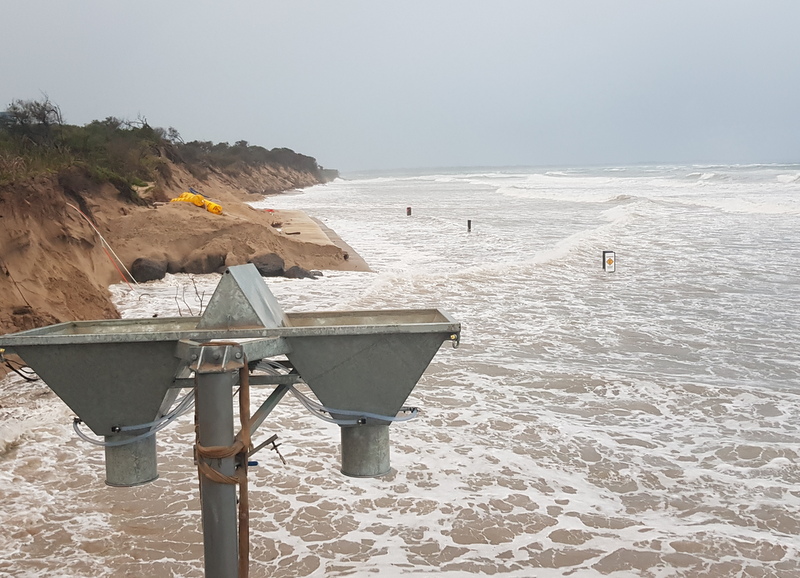





















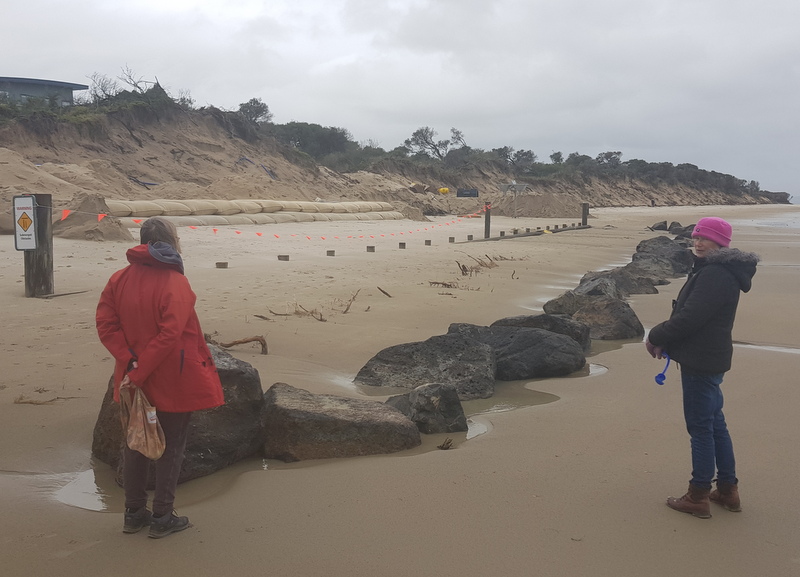






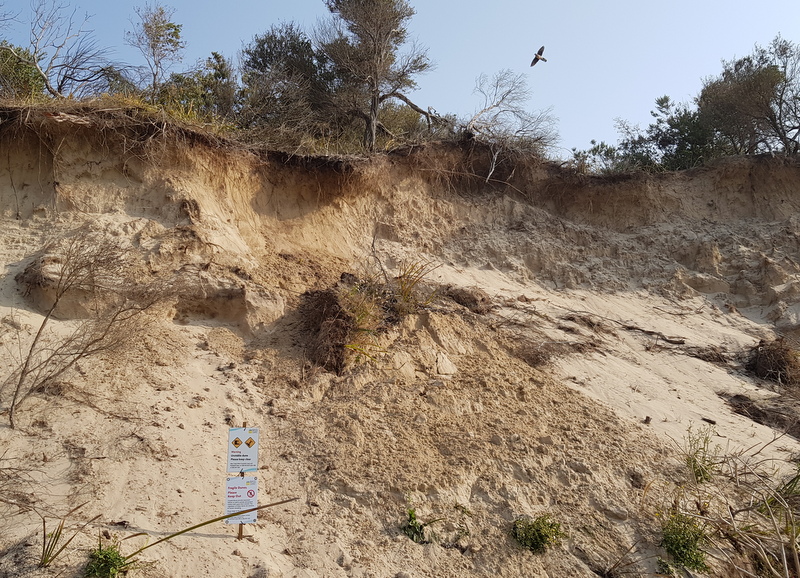

Keeping up with community projects that WSBN has a role in…
WSBN has a Facebook page and we regularly update this with information about the community projects we have a role in.
Please visit and ‘like’ us https://www.facebook.com/WonthaggiSeedBankAndNursery/




